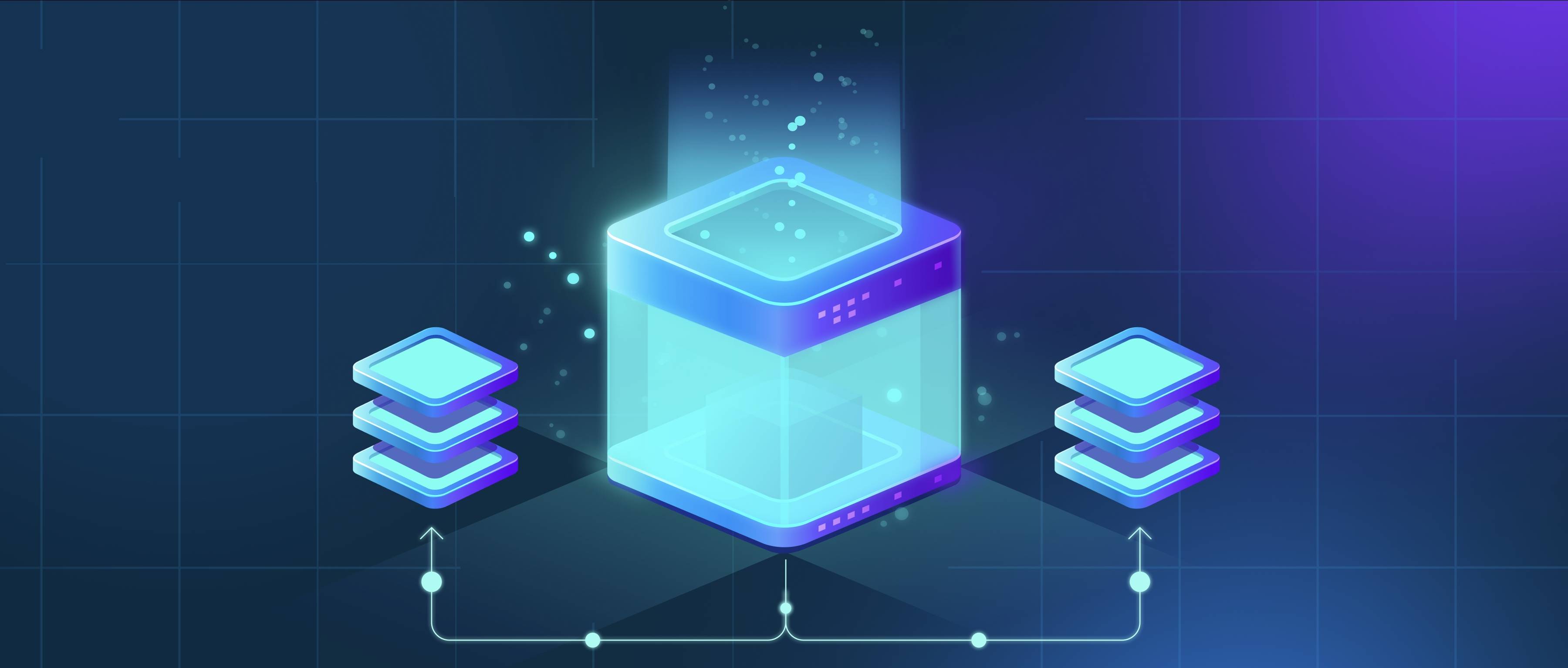Meta’s LLaMA (Large Language Model Meta AI) and OpenAI’s GPT models are both transformer-based LLMs, but they target different use cases and emphasize distinct strengths. LLaMA is designed for research and academic purposes, offering a series of smaller models (7B to 65B parameters) optimized for efficiency and accessible to researchers. In contrast, GPT models like GPT-3 and GPT-4 focus on versatility and commercial applications, supporting a wide range of tasks through user-friendly APIs.
LLaMA’s smaller sizes make it more resource-efficient and accessible for fine-tuning on specific tasks or domains. It is particularly suitable for academic research, enabling experimentation with advanced LLM architectures without requiring extensive computational resources. GPT models, on the other hand, prioritize generalization and usability, making them ideal for developers seeking out-of-the-box capabilities for diverse applications like text generation, coding, and chatbots.
The key difference lies in their distribution and accessibility. LLaMA is open to researchers, fostering transparency and collaboration, while GPT is commercially licensed, offering polished tools for enterprise use. The choice between the two depends on the user’s goals—whether focused on academic exploration or deploying robust applications.
